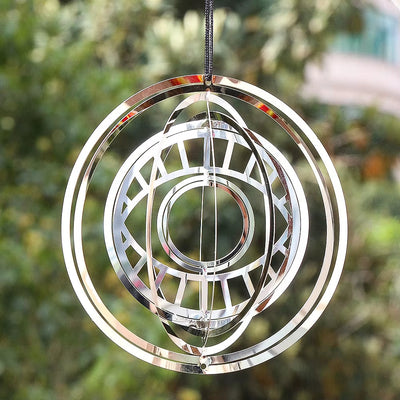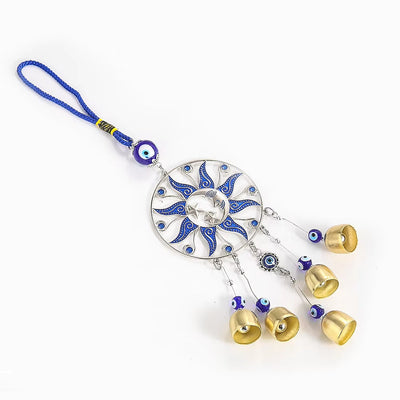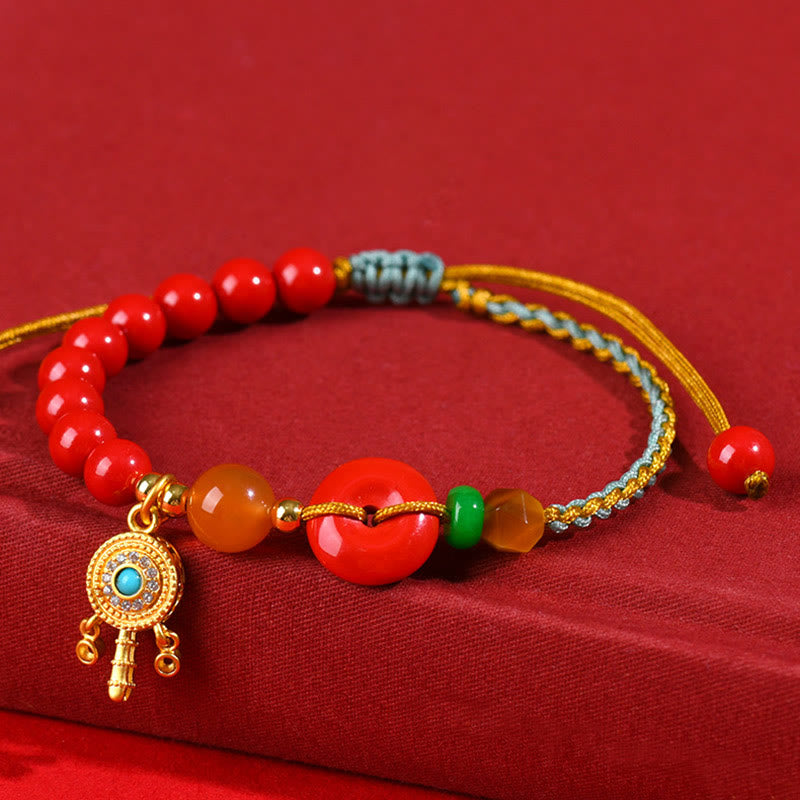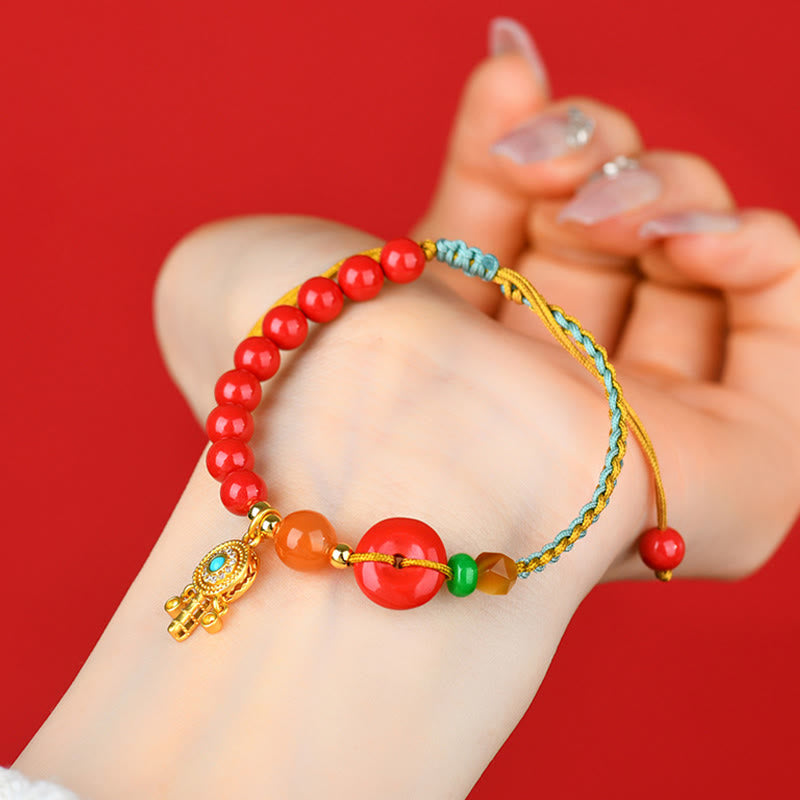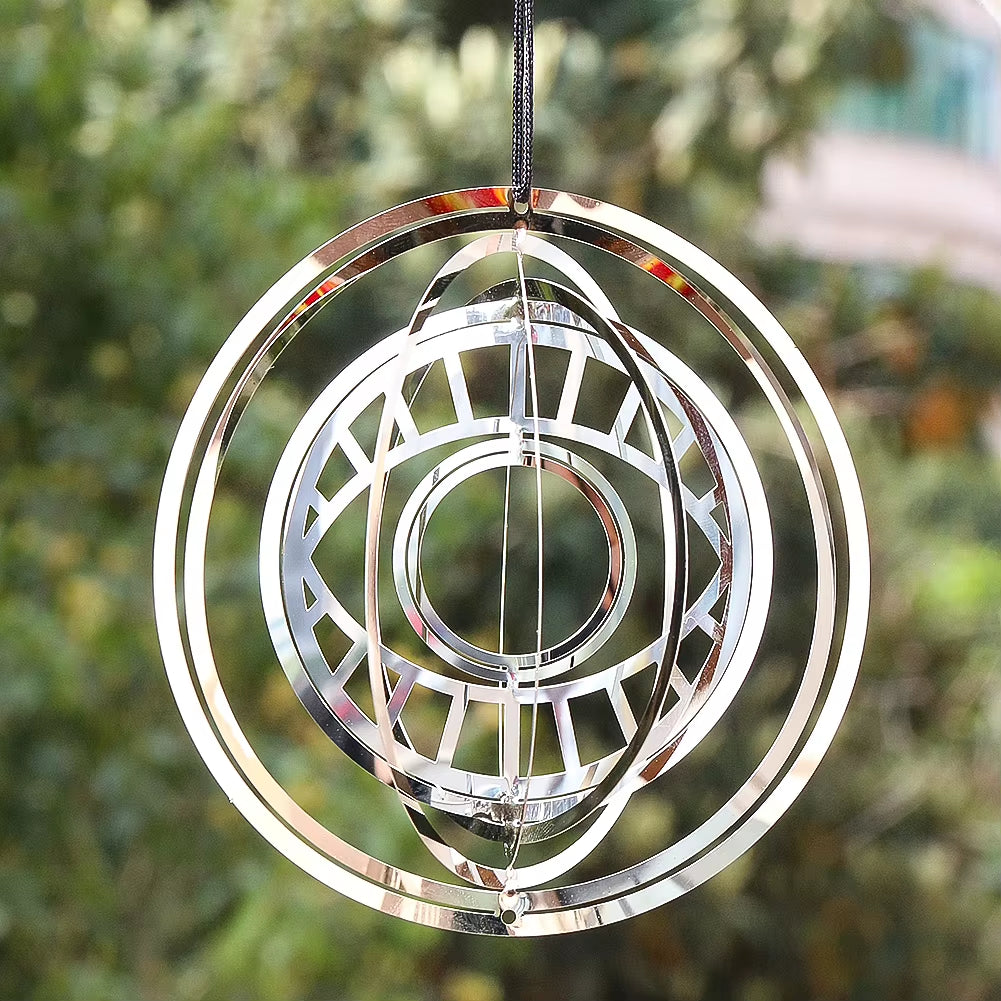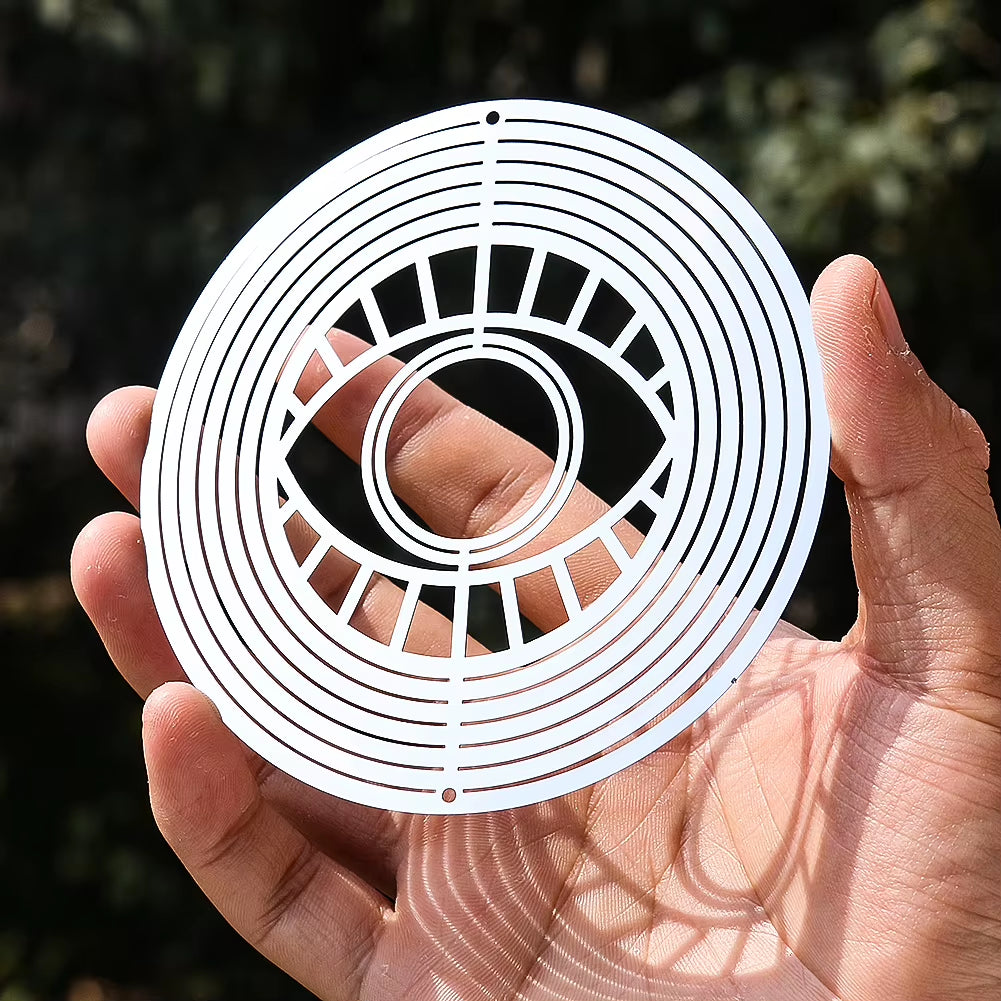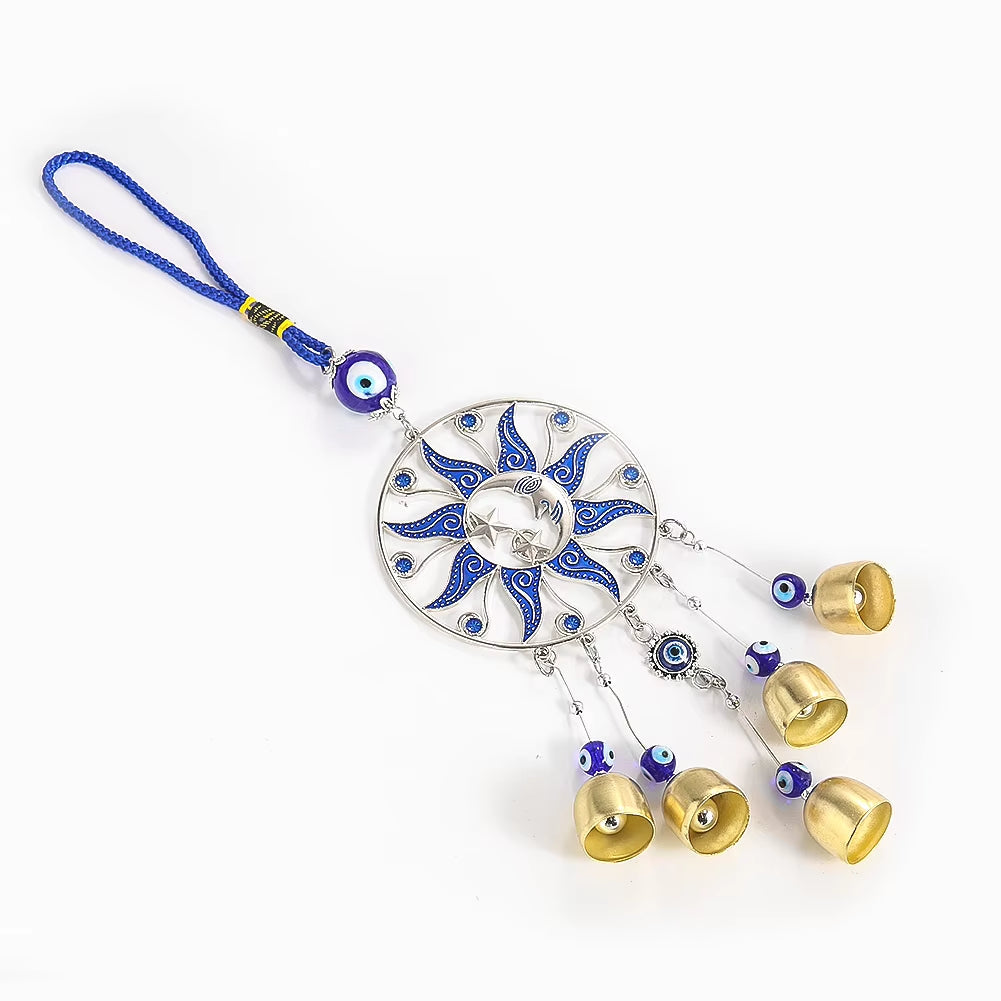The nazar eye, a captivating symbol steeped in ancient history and vibrant culture, has enchanted and protected people for millennia. You've likely seen its striking blue and white concentric circles on jewelry, adorning homes, or perhaps even as a cherished keepsake. But what is the true story behind this iconic emblem? This article delves into the fascinating nazar eye symbol meaning, tracing its origins, exploring its intricate design, and understanding its profound cultural significance across different societies. Prepare to uncover how this ancient amulet continues to resonate deeply in our modern world, offering a unique blend of spiritual protection and timeless aesthetic appeal.
What is the Nazar Eye? Unveiling Its Core Meaning
At its heart, the nazar eye, often referred to as the "evil eye" in English, is an apotropaic amulet. This means it's believed to have the power to ward off negative energy, misfortune, and specifically, the envious gaze of others—often termed the "evil eye." The term "nazar" itself originates from Arabic, meaning 'sight,' 'surveillance,' 'attention,' or 'gaze.' The core belief is that when someone looks at another with envy or ill-will, their negative energy can cause harm. The nazar symbol is designed to intercept and neutralize this harmful energy, acting as a protective shield for the wearer or the place it adorns.
The most recognizable form of the nazar is typically a cobalt blue circular or eye-shaped bead with concentric circles of white, light blue, and a dark blue (often black) pupil at the center. This specific design is not arbitrary; each element is thought to contribute to its protective qualities. The blue color, especially, is considered potent in many cultures for its association with truth, heaven, and its supposed ability to repel negativity. Many believe that if the nazar amulet cracks or breaks, it means it has successfully absorbed a significant amount of negative energy and has fulfilled its protective duty.
The Ancient Origins of the Nazar Eye Symbol
The roots of the nazar eye symbol stretch back thousands of years, with archaeological evidence pointing to its existence in ancient Egypt and Mesopotamia. These early civilizations used similar eye amulets, such as the Eye of Horus in Egypt, for protection and power. However, the specific blue glass nazar bead we recognize today gained prominence in the Mediterranean region, particularly in Turkey, Greece, and the Levant, from around the 6th century BC.
Early Beliefs and Influences
The belief in the evil eye – the malevolent glare – is far older than the nazar amulet itself. It's a superstition found in countless cultures worldwide, from ancient Rome and Greece to South Asia and Latin America. Philosophers like Plato and Plutarch wrote about the eye's ability to emit invisible rays capable of causing harm. The nazar eye emerged as a direct response to this widespread fear, a tangible defense against an unseen threat. Its popularity in regions like Anatolia (modern-day Turkey) is often linked to the historical glass-making traditions there, which allowed for the widespread production of these protective blue beads.
Evolution of the Design
While the core concept of an eye repelling an evil gaze is ancient, the distinctive blue and white design of the nazar boncuğu (Turkish for "evil eye bead") became standardized over centuries. Early versions might have varied more in color and material, but the proficiency of glass artisans in regions like Izmir, Turkey, helped cement the iconic blue glass form. The consistency of its design – the concentric circles mimicking an eye – is crucial to its perceived efficacy. It’s a direct, unblinking stare meant to reflect the malevolent gaze back to its source. For more on the power of such symbols, you can explore concepts of apotropaic magic and its historical significance.

Deciphering the Design: Common Elements and Variations
The classic nazar eye is a masterpiece of symbolic design. The most common form features four distinct circles:
- Outer Dark Blue Rim: Often cobalt blue, representing truth, protection, and divine connection.
- White or Light Blue Inner Circle: Symbolizing purity, light, and goodness.
- Smaller Dark Blue (or Black) Pupil: The central point, representing the watchful eye that deflects negativity.
- Sometimes a Yellow/Gold Circle: Though less common in the traditional Turkish nazar, some variations incorporate yellow or gold, symbolizing strength, health, and the sun.
While the circular blue glass bead is iconic, the nazar symbol can be found in various materials like ceramic, metal, and even woven into textiles. Its design might be simplified or elaborated upon depending on the artistic medium, but the core 'eye' motif remains central. The belief is that the starker and more direct the 'gaze' of the amulet, the more potent its protective power.
Key Design Elements & Their Meanings:
- Color Blue: Universally seen as a protective color, warding off negativity.
- Concentric Circles: Representing the watchful, unblinking eye.
- Eye Shape: Directly confronting and reflecting the harmful gaze.
Cultural Significance Across the Globe
While deeply rooted in Turkish and Mediterranean traditions, the allure and perceived power of the nazar eye symbol have transcended geographical and cultural boundaries. Its adoption and adaptation by various societies highlight a shared human desire for protection against unseen forces.
The Nazar in Turkish and Mediterranean Cultures
In Turkey, the nazar boncuğu is ubiquitous. It's given as a gift for newborns, hung in homes and businesses, incorporated into jewelry, and even embedded in pavements. It's a fundamental part of the cultural fabric, a silent guardian against misfortune. Similarly, in Greece (where it's known as "mati"), Cyprus, and other Balkan and Levantine countries, the nazar is a deeply ingrained tradition. The belief in its protective qualities is passed down through generations, often accompanied by specific rituals or sayings when gifting or receiving a nazar.
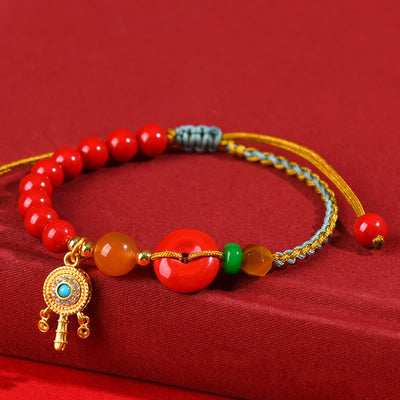
Cinnabar String Peace Buckle Evil Eye Bracelet Unisex
$28.90 $41.90
Celebrate the wisdom and origin of the nazar eye with this handcrafted protective bracelet featuring the iconic symbol.
Explore ProductThe Nazar's Journey to Other Cultures
Through migration, trade, and cultural exchange, the nazar eye has found its way into many other cultures, including parts of South Asia, Latin America, and increasingly, Western societies. While the depth of belief might vary, its aesthetic appeal and the universal concept of warding off negativity have made it a popular symbol globally. People are drawn to its beautiful design and the comforting idea of a protective talisman. This global embrace speaks to the symbol's powerful visual language and the enduring human need for symbols of protection and good fortune. You can see examples of ancient eye beads and their cross-cultural significance in museum collections like the Penn Museum's collection of eye beads.
The Nazar Eye in Modern Times: Tradition Meets Contemporary Life
Today, the nazar eye symbol enjoys a resurgence in popularity, seamlessly blending ancient tradition with contemporary aesthetics. It's no longer confined to traditional amulets but is a prominent motif in fashion, jewelry design, home décor, and even digital art. This modern adoption often focuses on both its protective qualities and its striking visual appeal.
Many individuals, particularly those exploring spiritual practices or connecting with their cultural heritage, find deep meaning in the nazar eye. It serves as a personal reminder of resilience, a connection to ancient wisdom, and a statement of cultural identity. The symbol’s adaptability ensures its continued relevance, offering a sense of comfort and protection in an ever-changing world.

Beyond Amulets: The Nazar in Art, Fashion, and Decor
The nazar symbol's iconic design has inspired artists and designers worldwide. From high fashion runways featuring nazar-embellished garments to chic home interiors accented with nazar wall hangings and cushions, its presence is stylish and meaningful. This integration into modern life ensures that the symbol’s story and protective energies continue to reach new generations. Whether worn as a delicate necklace, hung as a vibrant wind chime, or displayed as a bold piece of art, the nazar eye brings a touch of ancient mystique and safeguarding energy to contemporary spaces.
Protect and Adorn Your Space with Nazar Artistry
Bring nazar eye heritage outside—this captivating wind spinner protects your garden with mesmerizing Turkish design. Learn more ➔
Experience the cultural spirit of the nazar eye through melodic, protective wind chimes inspired by ancient tradition. Learn more ➔

Nazar Eye vs. Evil Eye: Understanding the Distinction
It's important to clarify the difference between the "nazar eye" and the "evil eye," as the terms are often used interchangeably, leading to confusion. The "evil eye" (mati, malocchio, ayin hara) refers to the harmful gaze itself—the invisible force of negativity projected through envy or malice. It's the curse or misfortune that one person can inflict upon another, intentionally or unintentionally, through a look.
The "nazar eye" (nazar boncuğu) is the amulet or talisman created to protect against the evil eye. So, the nazar is the shield, not the weapon. While colloquially called an "evil eye charm," its purpose is entirely benevolent: to reflect and neutralize the harmful energy of the actual evil eye. Understanding this distinction is key to appreciating the positive, protective role of the nazar symbol.
Quick Distinction:
- Evil Eye: The negative, harmful gaze or curse.
- Nazar Eye: The protective amulet designed to ward off the evil eye.
An Enduring Symbol of Protection and Culture
The nazar eye symbol is far more than just a decorative trinket; it's a powerful emblem with deep historical roots, rich cultural significance, and a timeless message of protection. From its ancient origins in the Mediterranean to its global presence today, the nazar continues to captivate with its striking design and reassure with its promise of warding off negativity. Whether you are drawn to its cultural heritage, its aesthetic beauty, or its spiritual meaning, the nazar eye remains an enduring symbol of watchfulness and safeguarding in an ever-complex world. Embracing a nazar piece, like a beautifully crafted bracelet or a charming wind chime, can be a way to connect with this ancient tradition and invite a sense of peace and protection into your life.
Frequently Asked Questions about the Nazar Eye Symbol
People wear the nazar eye symbol primarily for protection against the "evil eye"—a look or gaze believed to inflict bad luck, misfortune, or injury. The amulet is thought to deflect this negative energy, safeguarding the wearer. It's also worn for good luck, as a cultural tradition, or for its aesthetic appeal.
The nazar eye means protection and vigilance. "Nazar" is an Arabic word meaning 'sight' or 'gaze.' The symbol itself, often a blue eye-shaped amulet, is designed to watch over and protect its owner from harmful glares (the evil eye) and negative energy, reflecting it away. It symbolizes a shield against misfortune.
The nazar eye amulet itself is the traditional method to "get rid of" or, more accurately, protect against nazar (the evil eye's effects). It's not about removing something you have, but about preventing its influence. If a nazar amulet breaks, it's often believed to have absorbed a strong wave of negativity, thus having done its job. Some traditions also involve prayers or rituals for cleansing, but the primary defense is the amulet.
The "evil eye" is the harmful gaze or negative energy believed to cause misfortune. The "nazar" (specifically nazar boncuğu) is the protective amulet (usually blue and eye-shaped) designed to ward off the evil eye. So, the evil eye is the threat, and the nazar eye is the shield against that threat.
While the nazar eye symbol has become trendy in fashion, its belief in offering protection dates back thousands of years across many cultures. For believers, its protective power is genuine, rooted in ancient tradition and spiritual conviction. For others, it may serve as a meaningful cultural symbol or a beautiful piece of adornment. Its efficacy is largely a matter of personal and cultural belief, but its historical significance is undeniable.


